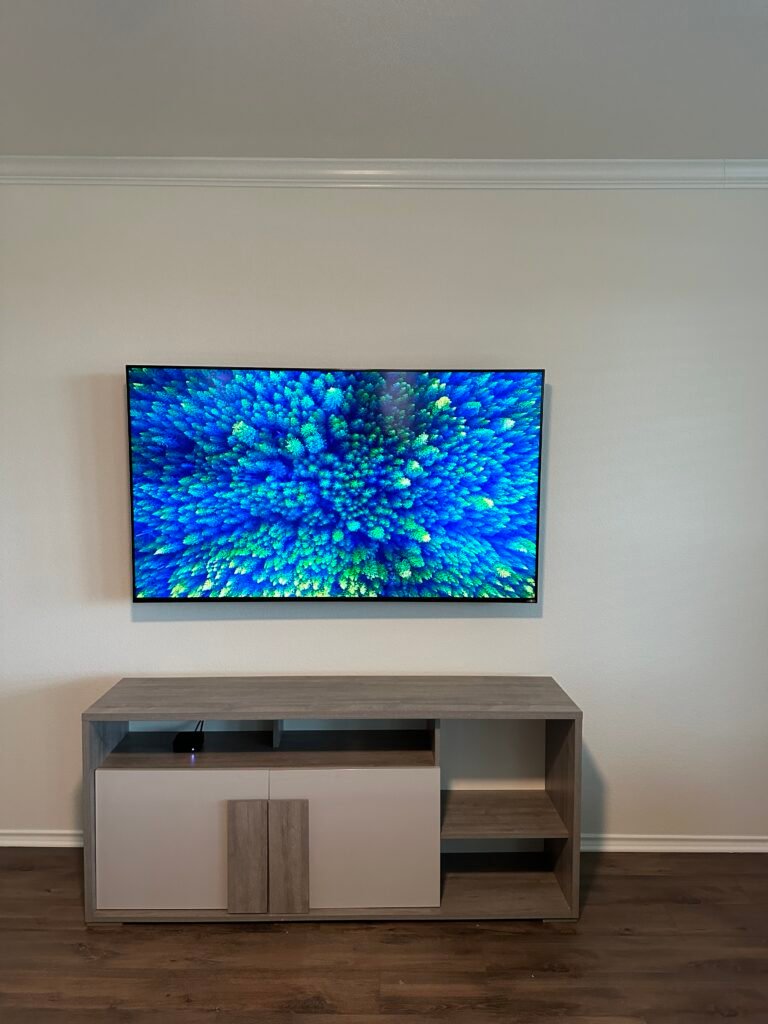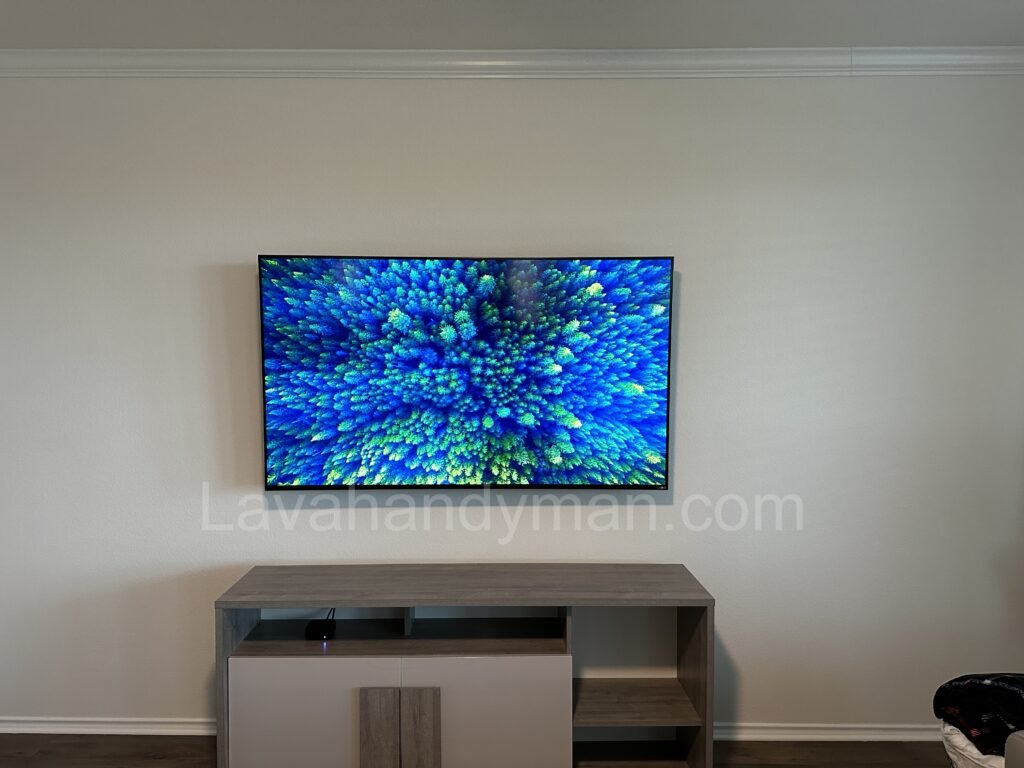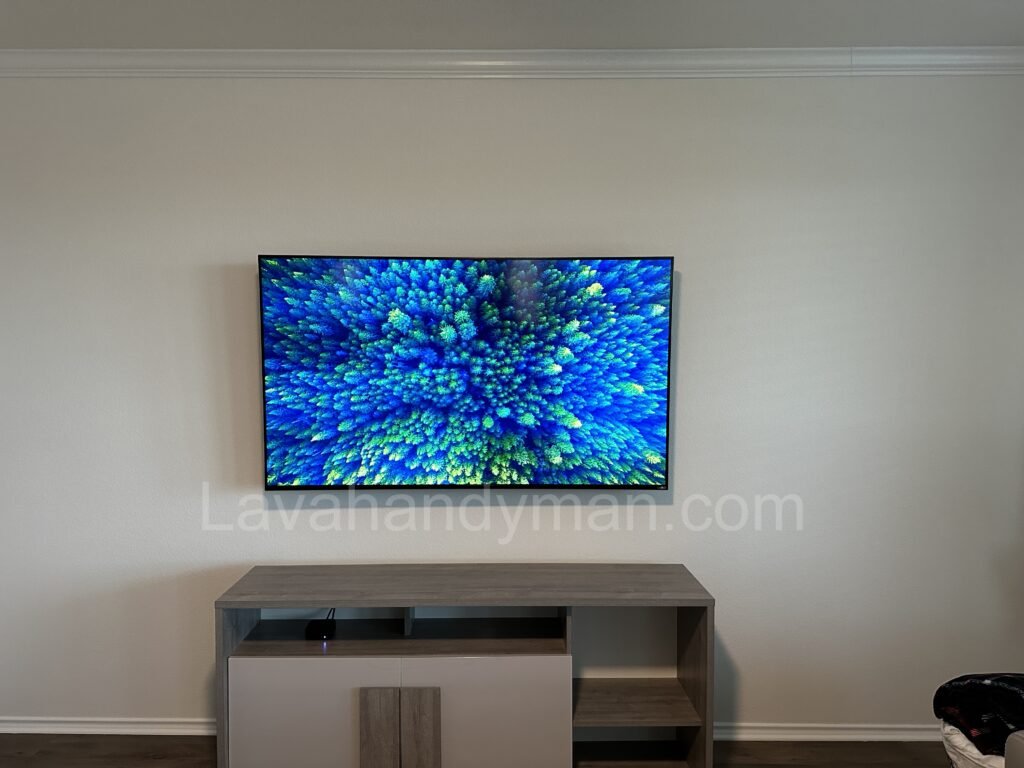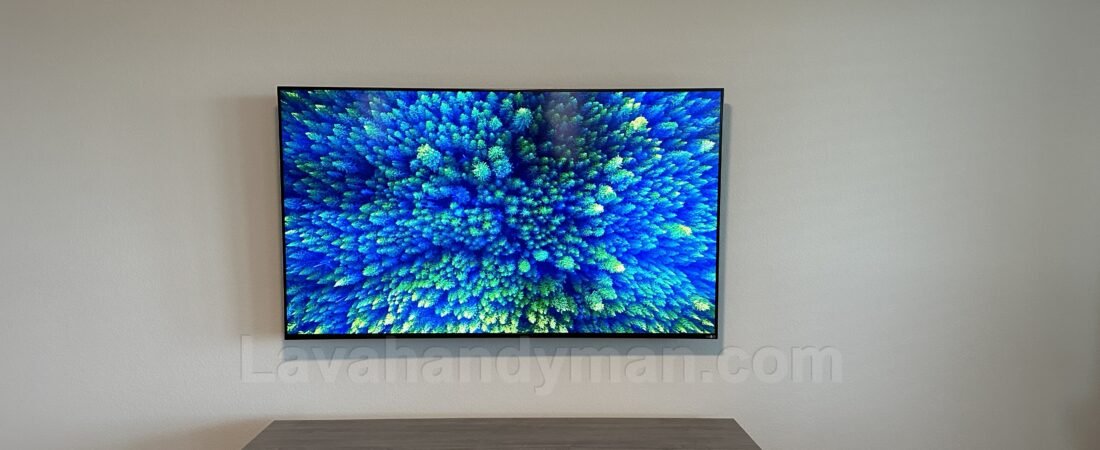The Ultimate Guide to TV Ports | HDMI, USB, Optical, and More
In the world of modern televisions, TV ports and connections play a crucial role in enhancing your viewing experience. These ports allow you to connect various devices such as gaming consoles, Blu-ray players, and sound systems to your TV, ensuring high-quality picture and sound. In this article, we will explore the most common TV ports, including HDMI, USB, Optical Audio, AV, and more.
1. HDMI Port: High-Quality Audio and Video Transmission
HDMI (High-Definition Multimedia Interface) is one of the most important ports on modern TVs. It is used for transmitting high-definition audio and video signals digitally. HDMI ports are commonly used for connecting devices like gaming consoles (PlayStation, Xbox), Blu-ray players, and laptops to TVs. With HDMI ports, you can enjoy high-resolution content, including 4K and even 8K. Additionally, HDMI 2.1 introduces new features such as 120Hz gaming support and eARC for high-quality audio transmission.

2. USB Port: Connecting Storage Devices and Playing Media
The USB port on a TV allows you to connect external storage devices such as flash drives, external hard drives, and even cameras. You can use this port to play movies, view photos, and listen to music directly from your storage devices. Some TVs also support USB recording (PVR), enabling you to record live TV programs.
3. Optical Audio (Toslink) Port: High-Quality Digital Audio Transmission
The Optical Audio port, also known as Toslink, is used for transmitting high-quality digital audio from the TV to external sound systems like home theaters and soundbars. This port ensures clear sound transmission without electrical interference and supports advanced audio formats such as Dolby Digital and DTS.
4. AV Composite Port: For Older Devices
The AV Composite port is typically used to connect older devices such as VHS players, classic gaming consoles, and analog devices to the TV. It consists of three connectors: a yellow cable for video and red and white cables for audio. While this port provides lower picture and sound quality compared to HDMI, it is still useful for older equipment.
The Ultimate Guide to TV Ports | HDMI, USB, Optical, and More
5. VGA Port: Connecting Computers to TV
The VGA port is used to transmit analog video signals from a computer or laptop to a TV. This port is commonly found on older TVs and computers. However, since it only transmits video and not audio, it is less commonly used today compared to HDMI. If you have an older computer or laptop without an HDMI port, VGA can still be a useful option.
6. Component Video Port: Better Quality Than AV

The Component Video port uses five separate cables for transmitting video and audio signals. This port is primarily used for older devices like DVD players or previous-generation gaming consoles. It provides better image quality compared to the AV Composite port.
7. Ethernet (LAN) Port: Connecting Your TV to the Internet
The Ethernet port allows you to connect your TV to the internet using a wired connection. This is essential for smart TVs that require internet access for streaming, downloading apps, and updating software. A wired Ethernet connection provides higher speed and stability, making it an excellent option for streaming 4K content.
The Ultimate Guide to TV Ports | HDMI, USB, Optical, and More
8. Audio In Port: Connecting External Audio Devices
Audio In ports, such as the 3.5mm jack and RCA Audio In, are used for connecting external audio devices to the TV. If you want to connect your smartphone, tablet, or portable audio system to your TV, these ports provide an easy solution.
9. Coaxial (RF Input) Port: Receiving TV Signals
The Coaxial (RF Input) port is used to receive TV signals from an antenna or cable provider. This port is mostly found on older TVs or in regions where over-the-air (OTA) broadcast signals are used.
Conclusion: Choosing the Right TV Port for Your Needs
Selecting the right TV port depends on the devices you want to connect. If you are looking for the best picture and sound quality, HDMI and Optical Audio ports are ideal choices. If you enjoy smart TV features and streaming, USB and Ethernet ports will be essential for your setup.
For more details on TV installation professional TV port services, visit Lava Handyman, a trusted service provider specializing in TV repair and setup.
📞 Need Help?
Let us take care of the hard work while you sit back and relax.
📍 Serving: Austin, Round Rock, Cedar Park & more
📱 Call or Text: (737) 420-6992
🌐 Visit: https://lavahandyman.com


